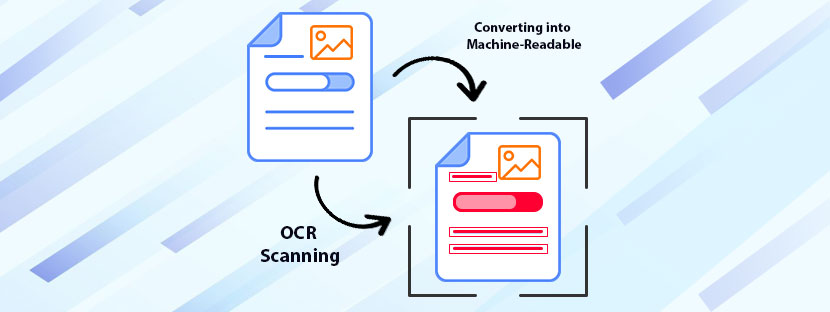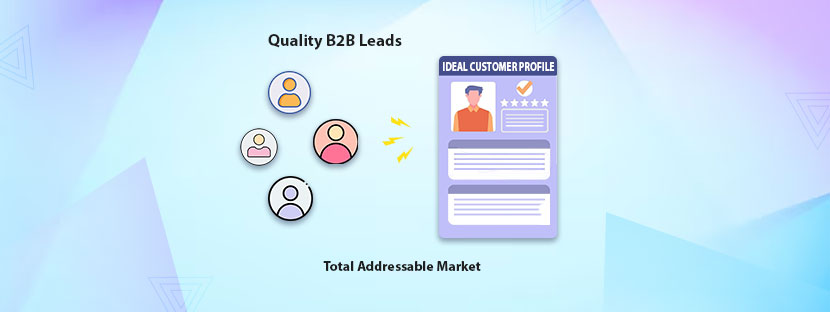You often heard about deep learning. Of course, it’s a popular term and quite a familiar one among data professionals and data enthusiasts. Well, when deep learning is integrated with OCR (Optical Character Recognition) technology, it produces high-grade machine learning models (ML). These models can automate tasks, understand and produce text data, and generate responses. Thus, to explain more about the ML models, you must know what is OCR for scanning and how it is relevant for ML model development.
To begin with, we have to understand what OCR means and how it works. Let this blog help you understand everything about OCR with respect to Machine Learning in detail.
OCR Definition
Optical Character Recognition (OCR) is a technology that converts images and texts into machine-readable format. It extracts data from images by scanning them and quickly converts them into text and then into machine-readable format.
Read here: Exploring the OCR system from scratch.
OCR is a term often interchangeably used for text recognition. That’s why it makes an intense impact in the field of machine learning development. Using OCR, you can repurpose data from scanned documents, camera images, image-only PDFs, and many other resources. Well, what OCR does is pull letters from scanned images and put them into words to frame sentences. Therefore, it provides you a scope to access and edit the original content or replicate it purposefully.
Based on the OCR system, Natural Language Processing (NLP) technology is being integrated into ML models to create language-based AI. This technology can read texts, images, and videos and generate responses accordingly. To build a text-based AI (Artificial Intelligence) model, OCR can be deployed in two ways;
- Hardware: Optical scanner that copies text data from images and pushes it to the software system.
- Software: It processes the main content, understands the text and forms meaning, and makes the content deliverable in different formats.
But most importantly, the main part, which is deploying the processed data into the ML model is done vis qualified professionals. These professionals validate the processed information and prepare it to feel the ML models. Often ML development companies outsource OCR services from trusted patterns for better accurate results.
Best Uses of OCR for Scanning
OCR has a wide spectrum of uses and currently, it is being used across industries to build AI-driven technology. Although sometimes many software have built-in features that scan data; however, you need constant professional support to manage everything. With the best use of OCR, you can;
- Convert Printed Documents into Machine-Readable Text Format
- Automate Time-Consuming Data Entry Processes
- Processing & Retrieving Information Made Easy
- Deployable for Big Data Analytics
From text recognition to pattern recognition, there’s all-round use of OCR in the world of automation and AI applications. In Google search engines, Google AI uses OCR to detect objects of the queries. It helps to generate accurate responses in real-time with precision. Apart from that, there are various applications of OCR for scanning, which I have explained in the later section.
Best Applications of OCR
OCR for Deep Learning Character Recognition
The development of language-based AI is impossible without any support from the OCR technology. It helps machines recognize text elements, read words, understand graphical elements, and help to create robust machine learning models. Further, OCR also recognizes characters in images and helps build language-based AI models.
OCR for Scanned Documents
After OCR scanners collect data from the documents, the main work begins where you need to place the data into your database accurately. For that, you can deploy a specific team or you can outsource any professional team for the same purpose.
OCR for Scanned PDFs
Extracting data from PDFs and then converting the data into editable format is easy with OCR technology. Usually, data from PDF formats are hard to copy. Therefore, you have to convert the documents into another format to copy the data here. However, with OCR, the data will be transferred into the database without any further conversion.
OCR of Handwritten Text
Converting handwritten texts into printable format sometimes creates trouble; however, with OCR it is quite easy and doable. It extracts human-written texts and converts them into any other format, which is usable for ML model development.
Deploy the Latest Advances of OCR
The best way to deploy the latest advances of OCR for the development of ML models is to outsource. Any outsourcing company like AskDataEntry can make the OCR conversion and data entry process easy for you. So that, you can feed your ML models with quality data and run it in your favor without any further complications. It will save you time and money also. Outsourcing is an easy and affordable solution that you can try at any time. Big organizations are taking benefits from it, so now you must give it a try.











